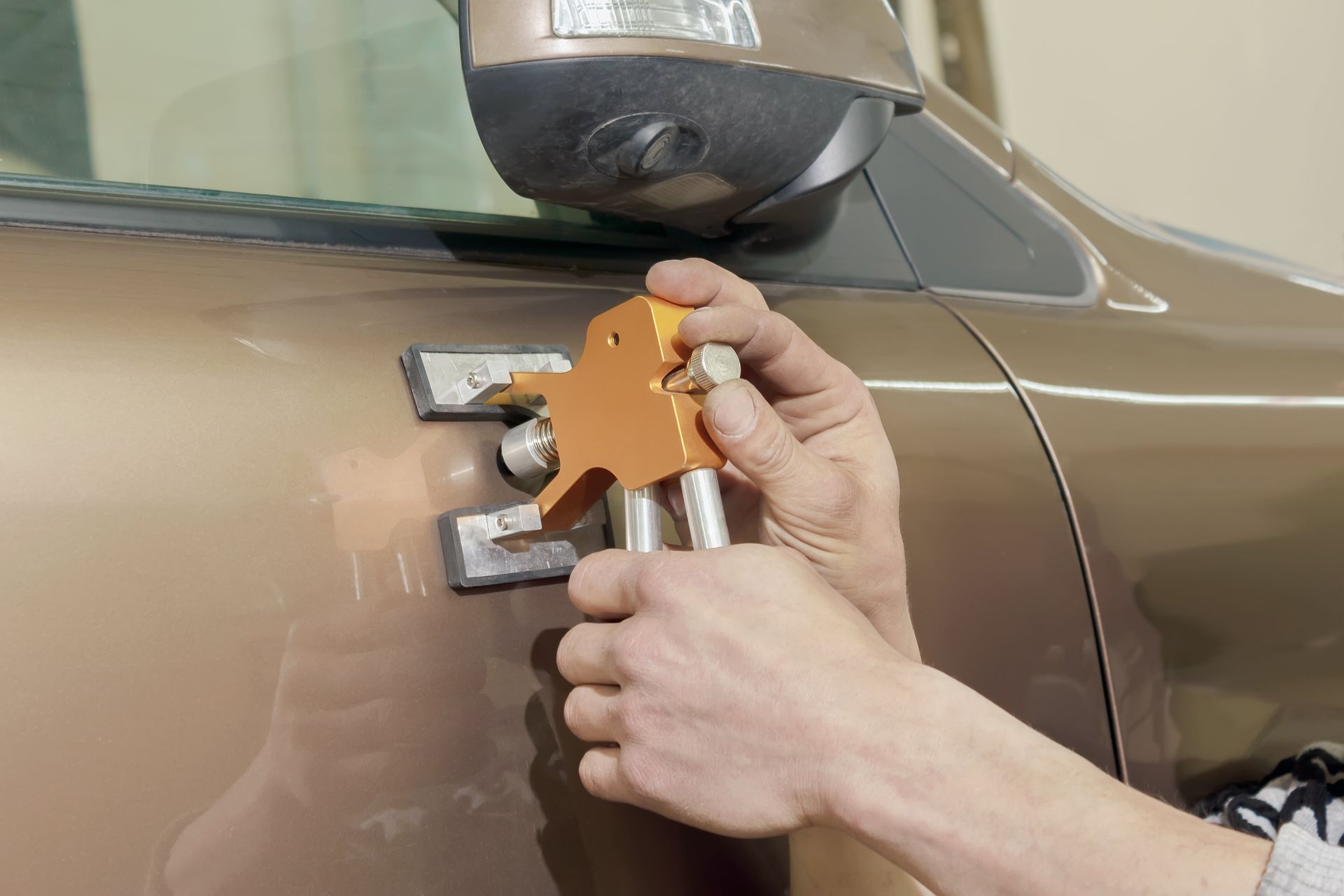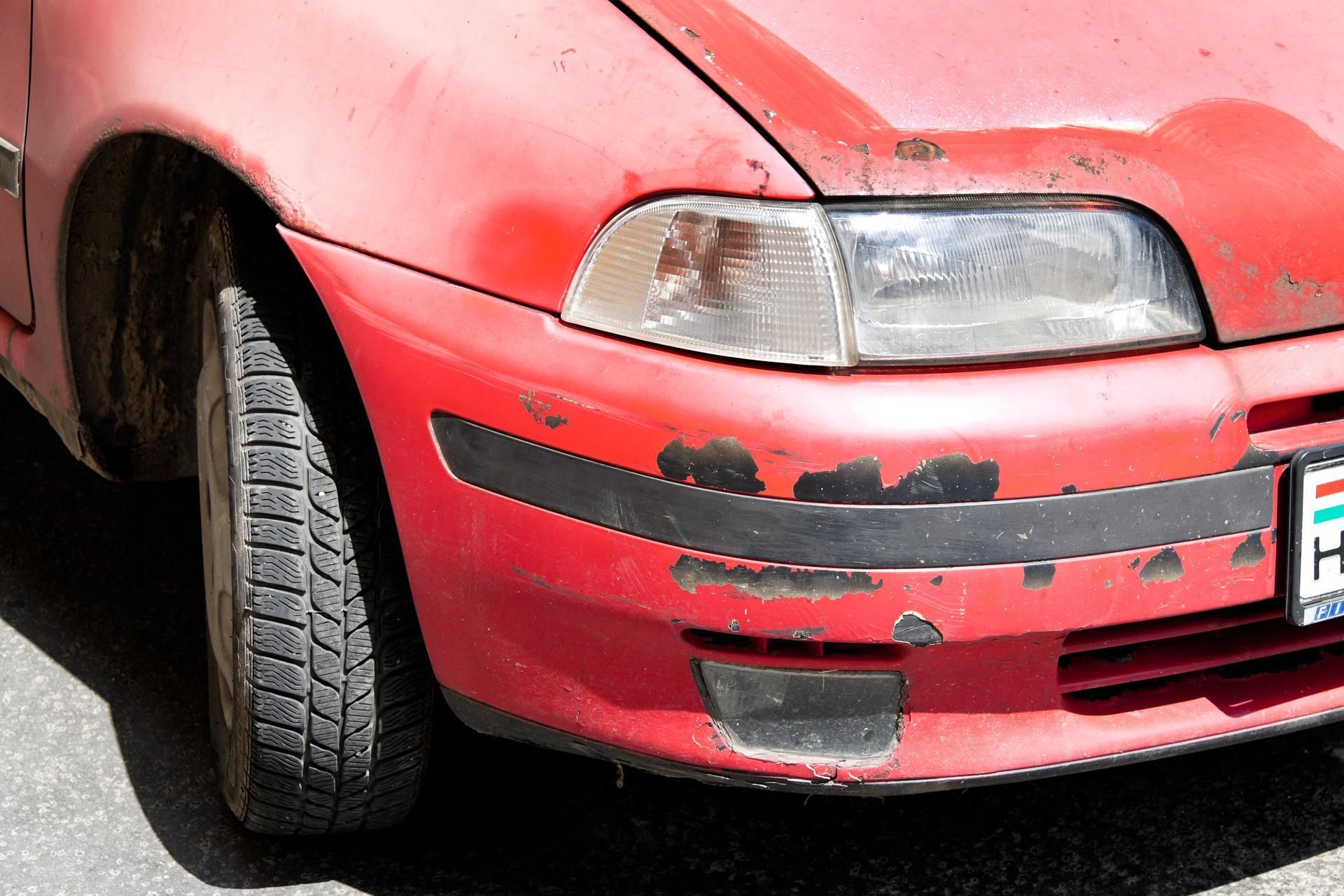A Guide to Paintless Dent Removal

If you've ever found a dent on your car, you know how frustrating it can be. From small door dings to larger impacts, dents can happen in a variety of ways and are an inevitable part of owning a vehicle. However, there is a method of removing dents without the need for repainting: paintless dent removal (PDR).
In this guide, discover what you need to know about PDR, including what it is, how it works, and its benefits.
What Is Paintless Dent Removal?
Paintless dent removal is a method of repairing dents on vehicles without the need for repainting. It involves using special tools and techniques to massage the dent from the inside of the panel, restoring it to its original shape.
How Does it Work?
The process of paintless dent removal begins with an assessment of the damage. A trained technician will inspect the dent and determine if it can be repaired using PDR. The size, location, and severity of the dent will all be considered.
Once it has been determined that PDR is a viable option, the technician will use specialized tools to access the backside of the damaged panel. They will then carefully massage and manipulate the metal from behind until it returns to its original shape.
What Are the Benefits of Paintless Dent Removal?
Discover the several benefits of choosing PDR as a method of dent repair:
- Cost-effective: PDR is typically more cost-effective than traditional dent repair methods, as it does not require repainting or the use of expensive materials.
- Time-efficient: Since there is no need for paintwork, PDR can be completed in a fraction of the time it takes for traditional repairs. This means you can get your car back on the road sooner.
- Paint-preserving: PDR preserves the factory paint job of your vehicle, maintaining its value and appearance.
- Environmentally friendly: With no need for chemicals or harsh solvents, PDR is an eco friendly option for dent repair.
What Are Dents That Paintless Dent Removal Can Repair?
While PDR is a versatile method of dent repair, it does have its limitations. Generally, dents deeper than half an inch or on the edge of a panel may not be suitable for PDR. However, most minor dents and even some larger ones can be repaired using this technique.
Some common types of dents that can be repaired with PDR include:
- Door dings: These are small, shallow dents caused by impacts from car doors or shopping carts.
- Hail damage: PDR is a popular method for repairing hail damage, as it can restore the original shape of panels without the need for repainting.
- Creases: While creases may be more challenging to repair with PDR, they can still be effectively removed using specialized tools and techniques.
How Does PDR Compare to Traditional Dent Repair?
Discover a few key differences between the two:
- Cost: As mentioned before, PDR is typically more cost-effective than traditional methods, as there is no need for expensive materials or paintwork. This can save you hundreds of dollars.
- Time: Traditional dent repair methods can take days, while PDR can be completed in just a few hours. This means less time without your vehicle and more convenience for you.
- Quality: With PDR, there is no risk of mismatched paint or overspray, ensuring a seamless repair that maintains the original appearance of your car.
- Convenience: Since PDR can be done quickly and without the need for repainting, it is a more convenient option for those who are short on time or have a busy schedule.
With this guide, you now have all the information you need to make an informed decision about using PDR for your next dent repair. So don't let those pesky dents bother you any longer—give PDR a try and see the results for yourself! Contact us at Coats Auto Body & Paint to learn more.
Browse Our Website
Contact Information
Hours of Operation
- Mon - Fri
- -
- Sat - Sun
- Closed















